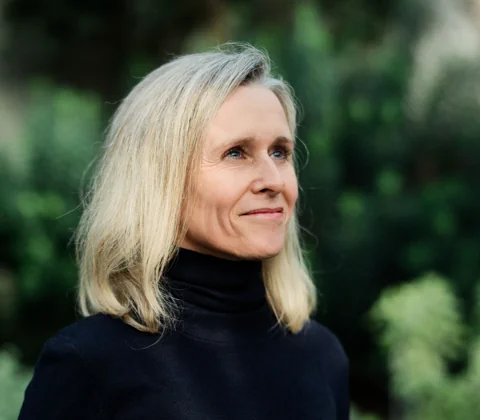Twin Transformation and Circular Economy
from Nicole Kerber at
In the traditional sense, the circular economy is a model of production and consumption in which existing materials and products are shared, rented, reused, repaired, refurbished, and recycled for as long as possible. This extends the life cycle of products and resources. The goal is to minimize waste and scrap, and thus the devaluation of raw materials and resources.
We want to define the term more broadly. In our view, the circular economy is a building block of the twin transformation, which combines sustainability and digital transformation under one roof. In the broadest sense, it is about new, resource-efficient business models, the transformation of value chains and industrial structures, and the way the various stages of production and consumption work together. Digitalization plays a crucial role in this and, if used correctly, is indispensable for change. The circular economy is thus increasingly becoming a data economy.
Sustainability and digitalization form a flywheel that drives each other. In the future, industrial competitiveness and technological leadership will be increasingly defined by the ability to coordinate and shape data interrelationships.
We see 3 levels of impact where digitalization and the intelligent design of data relationships make the difference in the circular economy, and have also included some examples to make it easier to understand:

IMPROVE - Achieve improvements
- Digital process mapping for the allocation of emissions and energy consumption to products and services and their optimization
- Digital trading platforms as new channels for marketing products and secondary materials (recyclates)
- Tracking & Tracing to evaluate material flows, usage patterns and the quality of recycling processes for optimized product design
- Automated repair & service cycles based on actual usage (IoT)
- Paperless logistics through an integrated customer portal
- Gather relevant data points for purchasing decisions and analyze data to improve logistics planning and reduce renturns
- Digitally enabled diversity & inclusion through accessible and digital workplace
- Introduction of digital training
CONVERT - Achieving realignment
- Take-back of products and separation of raw material facilitated by digitally available product components and automated processes
- Secondary market supply via platforms (second-hand market)
- Refurbishment
- Data-driven Marketing for fact-based preparation and targeted communication of sustainability metrics (avoidance of greenwashing)
- Digital technologies and methods for measuring customer satisfaction (e.g. Net Promoter Score)
TRANSFORM - Realize realignment and transformation
- Reduce transaction costs through platforms and applications for organization and scaling (digital workplace, collaboration with customers and partners)
- Pay per use (usage-based business models - product remains the property of the manufacturer and can be used multiple times) - incentive to design products that are as durable and robust as possible
- More intensive use of products through sharing or bundling of services and functions via platforms or applications
- Digital product passport to facilitate purchasing decisions
One conclusion that can be drawn from the presentation is as follows: only digitalization creates the basis for a comprehensive ecological transformation of our economy.
We are experts if you want to implement or advance the circular economy in conjunction with digital transformation in your company:
We think digitalization through to the end by
- a strategic approach to digital transformation (see also Digital Transformation Strategy)
- common data models and reference architectures for end-to-end data lifecycles (see also Architecture consulting)
- creating a reliable and secure data infrastructure and driving the convergence of disparate data across system boundaries to connect physical material flows and digital data flows
- addressing business objectives from a social, economic, and environmental perspective (see Digital Business Sweet Spot)
- considering the impact on your organization, processes and cultural challenges (see Organizational Development)
Do you have any questions? Feel free to contact us!
